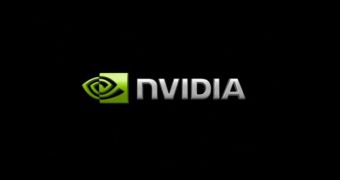Today at the IFA 2013 trade fair in Berlin, we had a meeting with Nvidia to learn more on their latest projects on the mobile space and gaming, just as Xiaomi was announcing its latest flagship, the Xiaomi Mi3, powered by Tegra 4.
Tegra 4 was a bit late to the market, mainly due to Nvidia’s focus on building Tegra 4i, which is basically a scaled down version of Tegra 4, which also promises important power savings.
Xiaomi Mi3, said to be the fastest smartphone of the year, is only one of the many products that will land on shelves before the end of the year with the Tegra 4 chipset packed inside, and is meant to prove Nvidia’s commitment to the mobile market.
Tegra 4i products should arrive in early 2014, the company says, adding that the first half of the next year will also bring to the market the first mobile devices that will be powered by the next-generation Tegra, currently known as project Logan.
According to Nvidia, while Tegra 4 is capable of delivering performance capabilities on par with those of the competition today, Logan will mark a great step forward for the mobile market.
The main focus with Logan will be on the graphics, this being the main differentiator from rival solutions, especially now that the mobile users are increasingly interested in playing demanding games on their handsets.
Rival solutions coming from Qualcomm and others have their advantages as well, such as expanded connectivity capabilities and more, but Nvidia says that it will continue to move in a direction that it knows best, namely graphics.
There is still a series of unannounced details regarding the upcoming chipset, including the actual CPU that will be packed inside it, which will most probably be an ARM one.
Logan will come with a 192 GPU cores architecture, but will sport the power needs suited for mobile devices, being capable of offering up to 20 hours of full HD playback time on a single charge.
Basically, the chipset is meant to bring the power of desktop GPUs to smartphones, courtesy of support for OpenGL 3.0, Tessellation, Cuda, and the like, all inside a package that needs only 2w of power.
With this product, Nvidia appears set to prove that users could enjoy the same gaming experience on their mobile devices as they would on a PC or console.
As Luciano Alibrandi, director of NVIDIA's public relations, EMEA, said during our meeting in Berlin that there were billions of mobile phone users out there, and Logan was meant to provide them with an experience that will drive the future of the mobile market.

 14 DAY TRIAL //
14 DAY TRIAL //